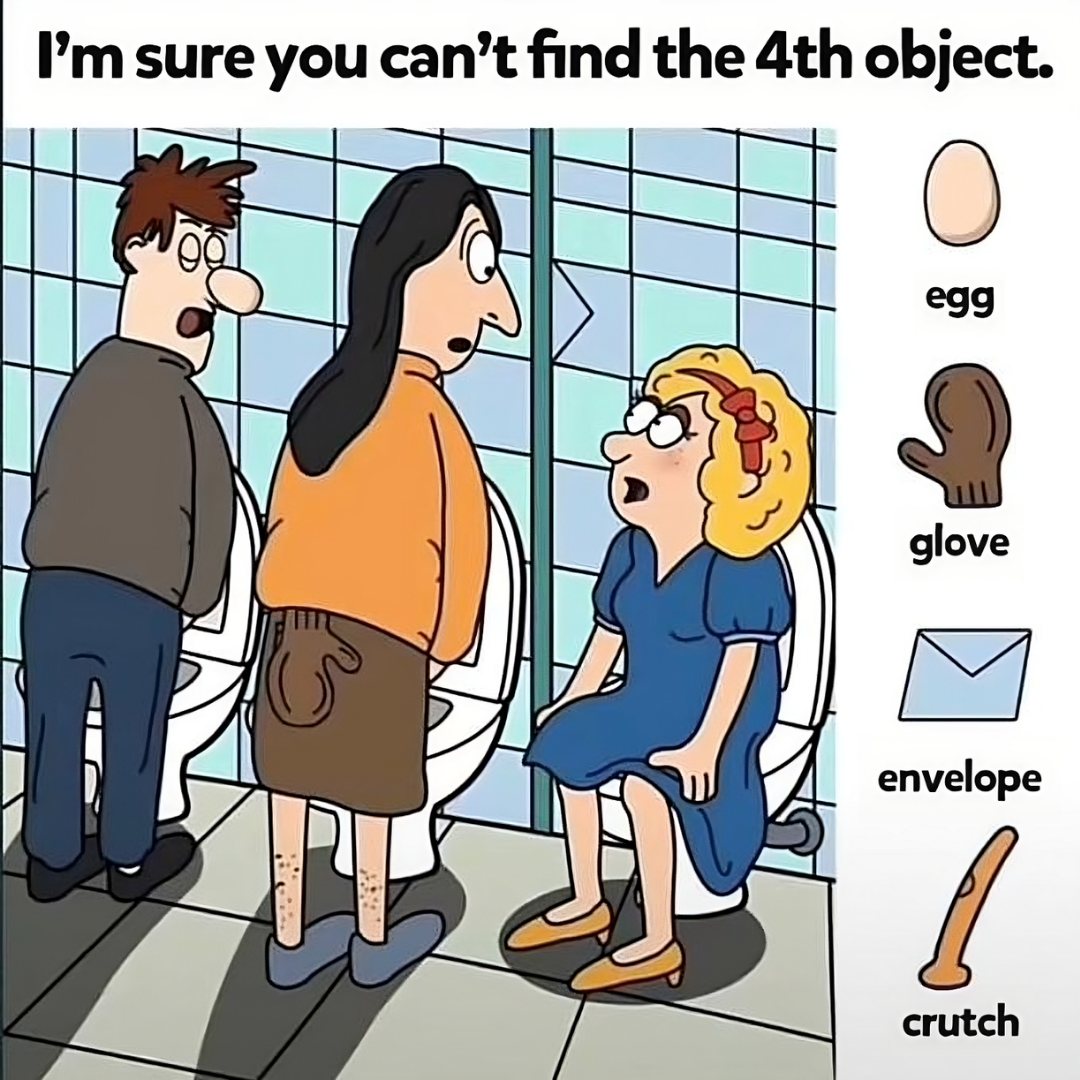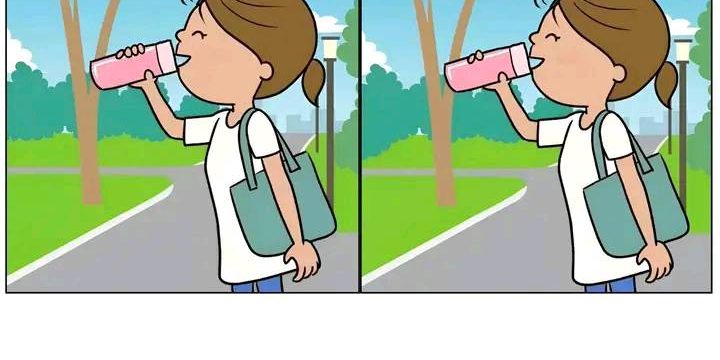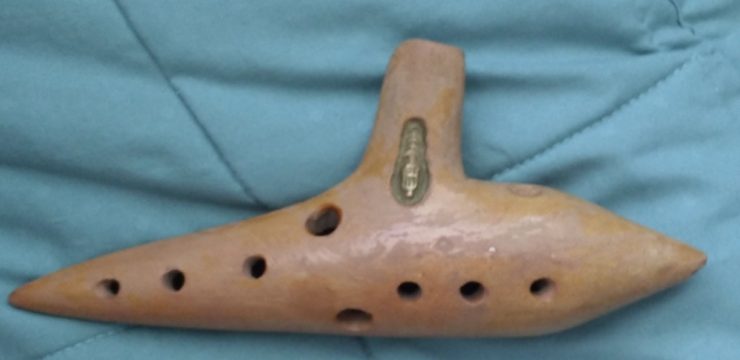The internet is buzzing with a wave of puzzles, optical illusions, and viral challenges that push our perception and problem-solving skills to the limit. Among the latest sensations is an image titled “I’m sure you can’t find the 4th object,” which has left countless viewers scratching their heads. The challenge asks you to find four hidden objects: an egg, a glove, an envelope, and a crutch. But here’s the catch—while the first three can be found with some effort, the crutch seems impossible to locate. So, what makes this mind-bending puzzle so captivating? Let’s break it down and understand why this tricky image has taken the internet by storm.

Why Are Visual Puzzles So Addictive?
In today’s digital world, where social media bombards us with endless content, visual puzzles offer a refreshing change. These challenges aren’t just games; they’re mental workouts that keep us hooked. What’s the appeal? They tap into our curiosity and competitive side, inviting us to look closer, dig deeper, and try to outsmart the illusion. Whether you’re trying to prove your detective skills or simply have a little fun, these puzzles are perfect for engaging our brains in a playful way.
What’s the “I’m Sure You Can’t Find the 4th Object” Puzzle All About?
At first glance, this viral puzzle seems simple enough. It’s set in a restroom scene with three people: one woman is sitting, while two others stand nearby. Next to the image, a list prompts viewers to find four hidden objects—an egg, a glove, an envelope, and a crutch. Seems straightforward, right? Not so fast. The objects are cleverly camouflaged, making them tough to spot. And the final object, the crutch, remains elusive for almost everyone, adding an extra layer of intrigue.
Uncovering the First Three Objects
Let’s take a closer look at where the first three objects are hidden and why they’re so hard to find:
- The Egg: It’s perched on the nose of the person standing on the left. The odd placement makes it difficult to spot initially because most people don’t expect to find an egg on someone’s nose. This unexpected position tricks our brains into overlooking it entirely.
- The Glove: It’s hidden on the skirt of the person standing in the middle. Its brownish color blends seamlessly with the clothing, making it almost invisible. Most viewers scan the scene, looking for a glove in the background, never imagining it could be part of someone’s outfit.
- The Envelope: It’s camouflaged on the wall, turned sideways to match the pattern of the bathroom tiles. The envelope’s color blends perfectly with the tiles, creating the illusion that it’s part of the wall. This clever placement keeps viewers searching for something more obvious, often leading to frustration.
The Mystery of the Missing Crutch
Now, let’s address the most elusive object—the crutch. People spend several minutes, sometimes even hours, trying to locate it. They zoom in, tilt their screens, and change angles, hoping for a glimpse of it. But here’s the twist: there’s no crutch to be found.
Yes, you read that correctly. The crutch doesn’t exist.
This missing crutch is no accident; it’s a deliberate trick by the puzzle’s creator. By including an object that isn’t actually there, the puzzle creates a sense of mystery, confusion, and even frustration. As viewers search repeatedly, they become more invested in finding it. This often leads them to share the challenge with friends, boosting its viral nature.
Why This Deception Works
The puzzle’s trickery works because we tend to trust instructions. When told to find four objects, our brains automatically assume all four must be present. We rarely consider the possibility that one might be missing entirely. This assumption keeps us scanning the image over and over, unable to let go of the challenge.
The Lesson of the Missing Crutch
So, did you manage to find the crutch? If not, you’re not alone. The missing crutch serves as a playful reminder that not everything is as it seems, especially in the digital world. It’s an example of how easily our brains can be deceived but also how much fun it can be to embrace the challenge.
The next time you encounter a similar puzzle, remember the lesson of the crutch: sometimes, the solution isn’t there, and that’s perfectly fine. The true joy comes from the journey, not the destination. So, enjoy the process, share a laugh with friends, and keep your curiosity alive. After all, the real goal is to have fun and maybe gain a new perspective along the way. Keep looking, keep guessing, and stay curious—because the next clever trick could be just around the corner!





